Introduction
Wood ear mushrooms, scientifically known as Auricularia auricular-judae, are a type of edible fungi that have been cherished for their unique texture and nutritional benefits across various cuisines worldwide. These mushrooms are particularly popular in Asian cooking, where they are used in stir-fries, soups, and salads, adding both flavor and a delightful crunch to dishes. One of the essential steps in preparing wood ear mushrooms for cooking is soaking them to soften them up. While traditional methods can take several hours, there are techniques to quickly soak and prepare wood ear mushrooms, ensuring they are ready to use in a fraction of the time. This article will delve into the various methods for quickly soaking wood ear mushrooms, the benefits of each, and some tips to ensure the best results.
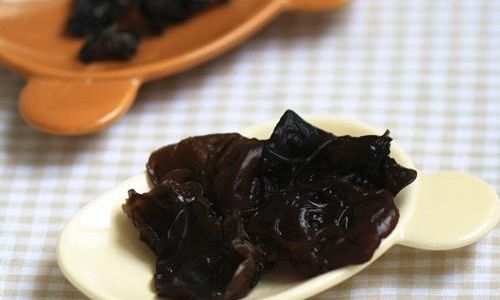
Understanding Wood Ear Mushrooms
Before diving into the soaking process, it’s crucial to understand the basic characteristics of wood ear mushrooms. These mushrooms have a distinctive, ear-shaped appearance, with a rubbery texture when dried. They are rich in dietary fiber, protein, vitamins, and minerals, making them a valuable addition to any diet. Dried wood ear mushrooms can last for months or even years when stored properly in a cool, dry place, but they must be soaked before use to restore their moisture and texture.
Traditional Soaking Methods
Traditionally, wood ear mushrooms are soaked in cold water for several hours or overnight. This method allows the mushrooms to slowly absorb water, gradually softening their texture. While effective, this approach can be time-consuming, especially if you need to prepare the mushrooms quickly for a recipe.
Quick Soaking Techniques
To save time, several quick soaking techniques can be employed, each offering its own set of benefits and considerations. Here are some effective methods:
Hot Water Soaking Method
One of the simplest and fastest ways to soak wood ear mushrooms is using hot water. Here’s how you can do it:
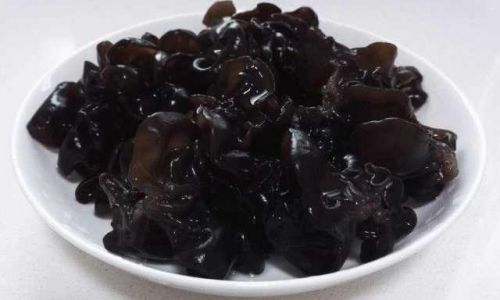
- Preparation: Fill a bowl or pot with hot water from the tap or just off the boil (be cautious of scalding). Ensure the water is hot but not boiling, as extremely high temperatures can damage the mushrooms’ structure and flavor.
- Submersion: Place the dried wood ear mushrooms in the hot water, ensuring they are fully submerged.
- Soaking Time: Allow the mushrooms to soak for about 15-20 minutes. The exact time may vary depending on the thickness and dryness of the mushrooms.
- Draining and Rinsing: Once softened, remove the mushrooms from the water, drain them well, and rinse them under cold running water to remove any excess dirt or debris. Pat them dry with paper towels if needed.
Benefits:
- Fast: Reduces soaking time significantly.
- Easy: Requires minimal effort and equipment.
Considerations:
- Temperature Control: Avoid using boiling water as it can cook the mushrooms, altering their texture and flavor.
- Monitoring: Keep an eye on the mushrooms to prevent over-soaking, which can make them mushy.
Microwave Soaking Method
For an even quicker soaking option, you can use the microwave. Here’s a step-by-step guide:
- Preparation: Place the dried wood ear mushrooms in a microwave-safe bowl.
- Water Addition: Cover the mushrooms with enough water to fully submerge them. You can use cold or lukewarm water; the microwave will heat it up.
- Microwave Settings: Cover the bowl with a microwave-safe lid or plastic wrap (vented to avoid steam build-up), and microwave on high for about 2-3 minutes. The exact time may vary based on your microwave’s power and the quantity of mushrooms.
- Checking and Stirring: Pause the microwave halfway through to check the mushrooms’ softness and stir them gently to ensure even soaking. Continue microwaving in short intervals if needed.
- Draining and Rinsing: Once softened, drain and rinse the mushrooms as described in the hot water method.
Benefits:
- Very Fast: Can soften mushrooms in just a few minutes.
- Convenient: Uses common kitchen appliances.
Considerations:
- Overcooking Risk: Be cautious of over-microwaving, which can cook the mushrooms and make them tough.
- Monitoring: Frequent checking is necessary to prevent over-soaking.
Pressure Cooker Method
For those who own a pressure cooker, this method can be both quick and efficient:
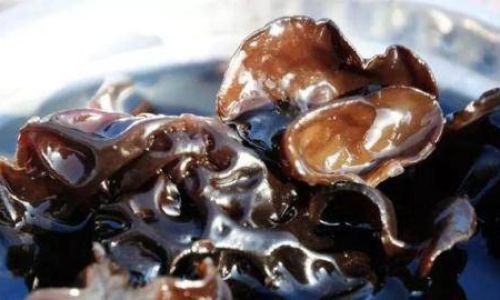
- Preparation: Place the dried wood ear mushrooms in the pressure cooker’s inner pot.
- Water Addition: Add enough water to cover the mushrooms by about an inch.
- Pressure Cooking: Secure the lid and set the pressure cooker to high pressure. Cook for about 5-7 minutes, depending on the quantity and dryness of the mushrooms.
- Quick Release: Once done, perform a quick pressure release to open the cooker.
- Draining and Rinsing: Drain and rinse the mushrooms as usual.
Benefits:
- Efficient: Utilizes pressure cooking to soften mushrooms quickly.
- Multi-functional: Can be used for other cooking tasks simultaneously.
Considerations:
- Equipment: Requires a pressure cooker.
- Pressure Management: Familiarity with pressure cooking techniques is essential for safety.
Tips for Optimal Results
Regardless of the soaking method you choose, here are some tips to ensure the best results:
- Quality Check: Start with high-quality, properly dried wood ear mushrooms. Old or improperly dried mushrooms may take longer to soften.
- Trimming: Before soaking, inspect the mushrooms for any hard stems or dirt. Trim off any unwanted parts and discard them.
- Storage: Once soaked and prepared, wood ear mushrooms can be stored in an airtight container in the refrigerator for a few days. Use them within this timeframe to maintain freshness.
- Flavor Preservation: If you plan to use the soaking water for cooking (e.g., in a soup), ensure it’s clean and free of debris before using. Otherwise, discard the soaking water and use fresh water for cooking.
Conclusion
Wood ear mushrooms add a unique flavor and texture to various dishes, but their preparation can often be time-consuming. By employing quick soaking techniques such as using hot water, the microwave, or a pressure cooker, you can soften these mushrooms in a fraction of the time required by traditional methods. Each method has its own benefits and considerations, so choose the one that best fits your needs and kitchen setup. With these techniques, you can enjoy the nutritional and culinary benefits of wood ear mushrooms without the hassle of long soaking times. Happy cooking!
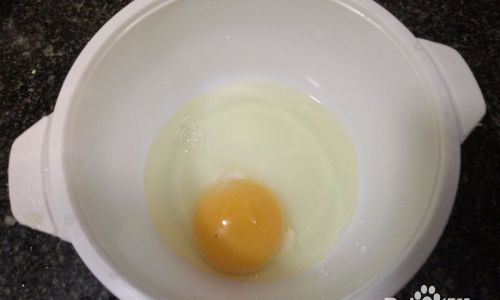

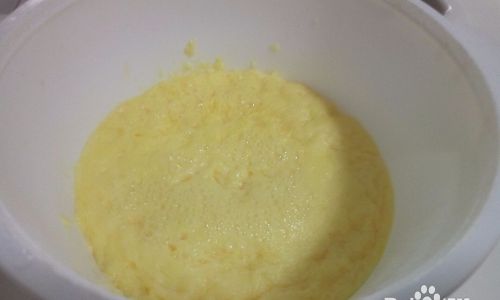
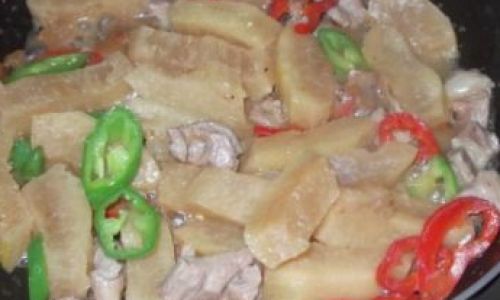
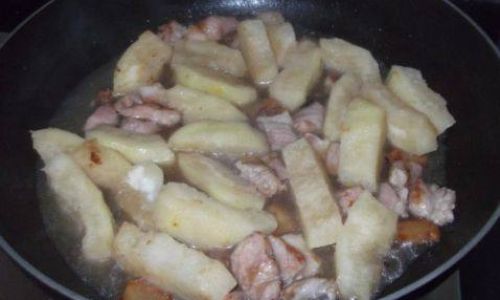
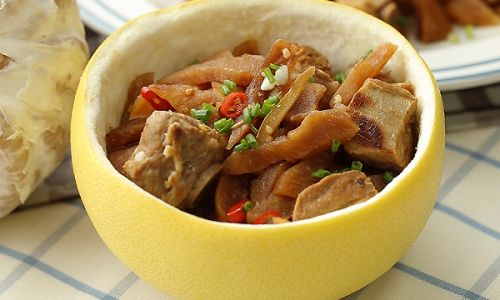
0 comments